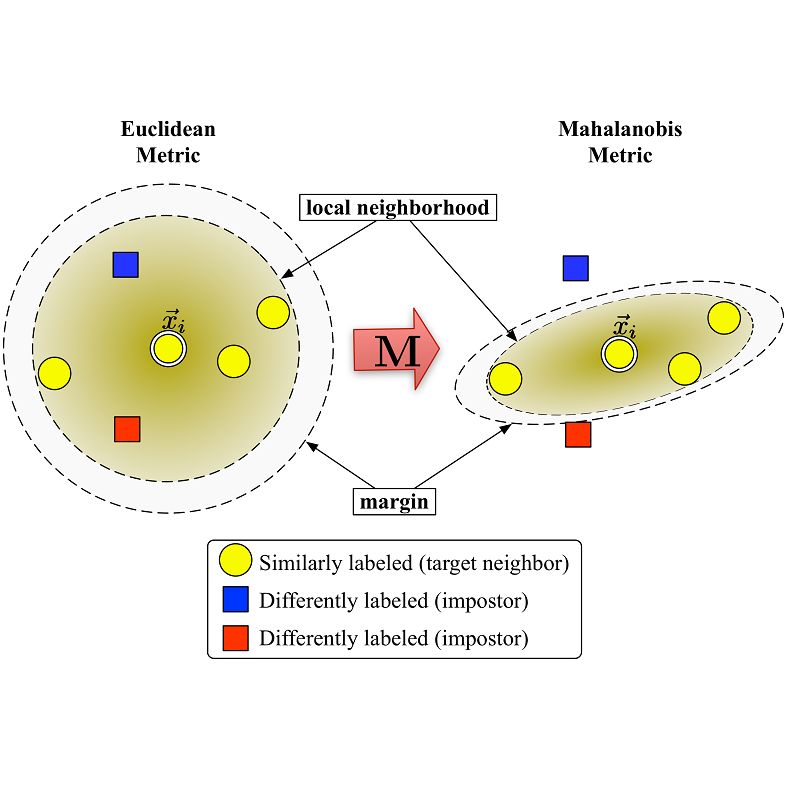Cross domain recommender systems have been increasingly valuable for helping consumers identify useful items in different applications. However, existing cross-domain models typically require large number of overlap users, which can be difficult to obtain in some applications. In addition, they did not consider the duality structure of cross-domain recommendation tasks, thus failing to take into account bidirectional latent relations between users and items and achieve optimal recommendation performance. To address these issues, in this paper we propose a novel cross-domain recommendation model based on dual learning that transfers information between two related domains in an iterative manner until the learning process stabilizes. We develop a novel latent orthogonal mapping to extract user preferences over multiple domains while preserving relations between users across different latent spaces. Furthermore, we combine the dual learning method with the metric learning approach, which allows us to significantly reduce the required common user overlap across the two domains and leads to even better cross-domain recommendation performance. We test the proposed model on two large-scale industrial datasets and six domain pairs, demonstrating that it consistently and significantly outperforms all the state-of-the-art baselines. We also show that the proposed model works well with very few overlap users to obtain satisfying recommendation performance comparable to the state-of-the-art baselines that use many overlap users.
翻译:交叉领域建议系统对于帮助消费者确定不同应用中的有用项目越来越具有价值,但现有的交叉领域模式通常需要大量重叠用户,在某些应用中可能难以获得。此外,它们没有考虑跨领域建议任务的双重结构,因此没有考虑到用户和项目之间双向潜在关系,也没有实现最佳建议性能。为了解决这些问题,我们在本文件中提出了一个基于双重学习的新颖的跨领域建议模式,在学习过程稳定之前,以迭接方式在两个相关领域之间传递信息。我们开发了一个新的潜在或横向绘图,以获取用户对多个领域的偏好,同时保持不同潜在空间的用户之间的关系。此外,我们还将双向学习方法与衡量学习方法结合起来,这使我们无法大量减少两个领域所需的共同用户重叠,导致更好的跨领域建议性能。我们在本文件中对两个大型工业数据集和六个域对的拟议模式进行了测试,表明它始终且大大超越了所有最先进的基线。我们还表明,拟议的双向学习方法与少数用户进行了相当的重复性工作。




